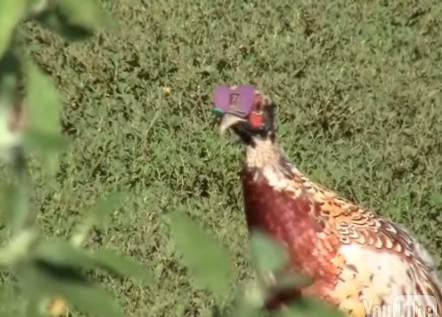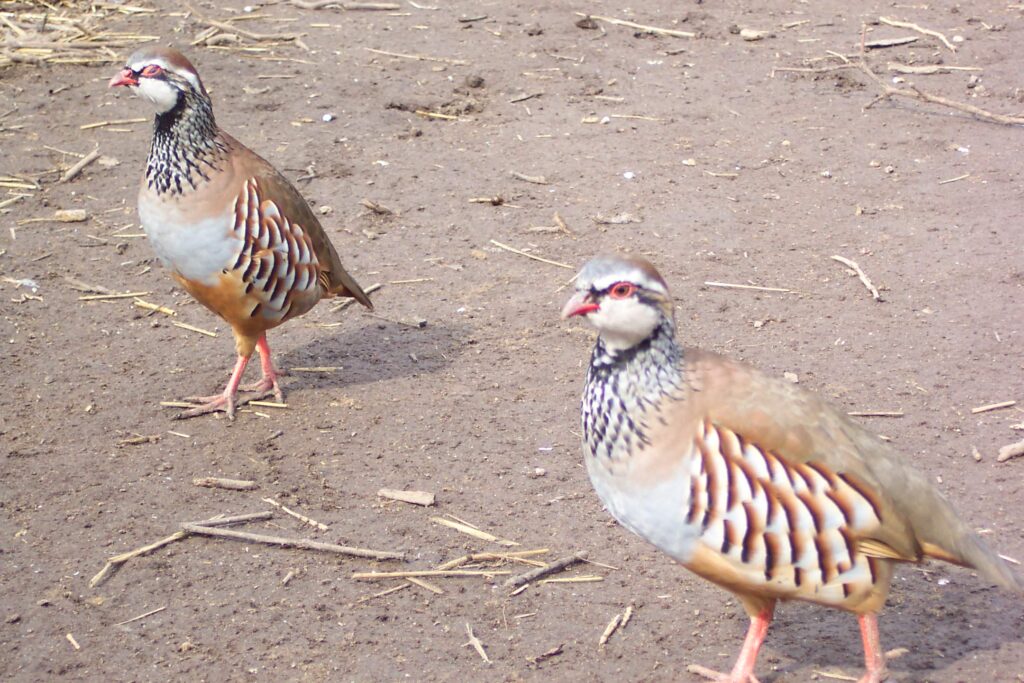Cleaning Out Barns After Pheasants
After the last bird is out of the barns, we have to clean. It’s important because it makes sure bacteria doesn’t spring up. Here’s how we do it.
Once the barn is empty of birds, we take down the jet tube, which connects to the air circulation system. It can get full of dust. We throw them out because they’re cheap to replace. Then we turn all the feed systems off so they don’t dump more feed midway through the cleaning. We remove the feed pans and hoppers, and then run the system empty. We want to reduce the amount of feed we waste, so the night before we move the birds out, we turn the system off and let them eat what’s left. There may be a small amount of feed thrown out, but not much.
Back in the rooms, we then clean the Cablevey feed system. We clean it by zip-tying a dry car-wash sponge to the line. The sponge swells to the diameter of the tube, and as it runs through, it clears any feed out. You never want to introduce moisture unless you’re having a problem with disease. The exception is every other time we clean the lines. After the first dry sponge, then we’ll lightly dampen the next with disinfectant. It’s followed by a dry sponge, for a total of three passes. It’s important to not leave anything damp.
Next we clean the heaters. We take an air compressor and blow out all the dust, which ensures the heaters will fire correctly. Then we blow out the fans and light traps, along with anything else that gets dusty. Water pans, hoppers, feed pans, and anything else that can be removed from the room are then taken out and pressure-washed.
A staff member scoops bedding out along the walls, making a two-foot path so the skid loader doesn’t have to touch the walls when it removes the rest of the bedding. Before it comes in, we raise feed systems up, along with any hanging water lines, and tie them so the skid loader doesn’t catch anything.
Once the skid loader moves the bedding out, we sweep for dust and chunks, and then pressure wash everything low enough to the ground. During this time, we disinfect the water lines with a CID 2000 one-percent solution. We let it set for four hours, then flush the system. During this time we also clean the boot room outside the main room.
Finally, we start at the ceiling and pressure wash our way down to the floor. We push all the water to the center drains, and then let it dry without rinsing. Sometimes to speed up the drying we’ll turn the heat on and even a fan. The air-drying kills bacteria. The last step is spraying the room with a foam gun, which foams a Virocid disinfectant solution, and leave it to dry. When it’s done, it looks like marshmallow man exploded.
After all this, the room is clean and ready to be set up for the next batch of birds.
Related Posts

Preparing Our Barns & Pens Each Spring
Read Post
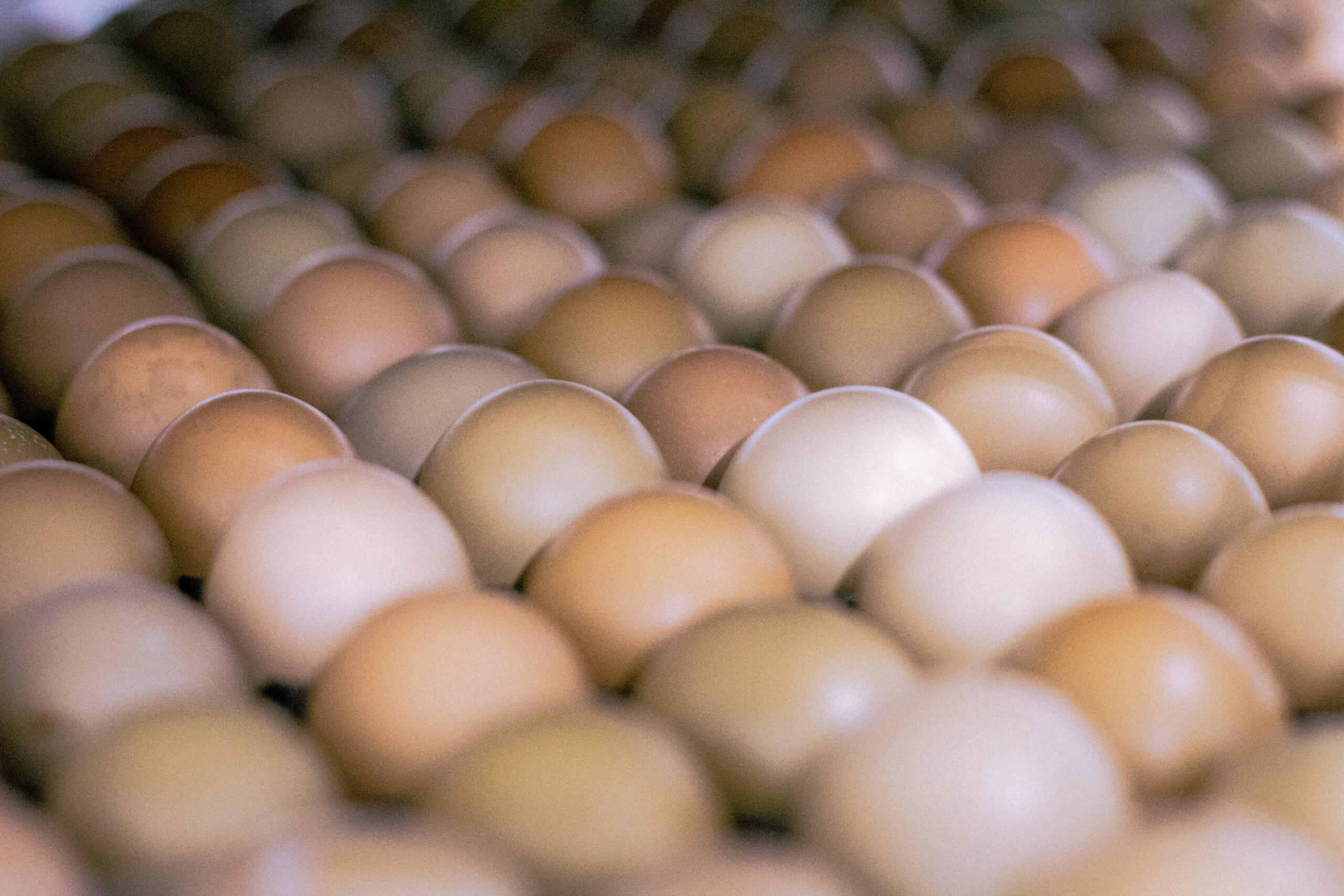
Incubation of Pheasant Eggs
Read Post
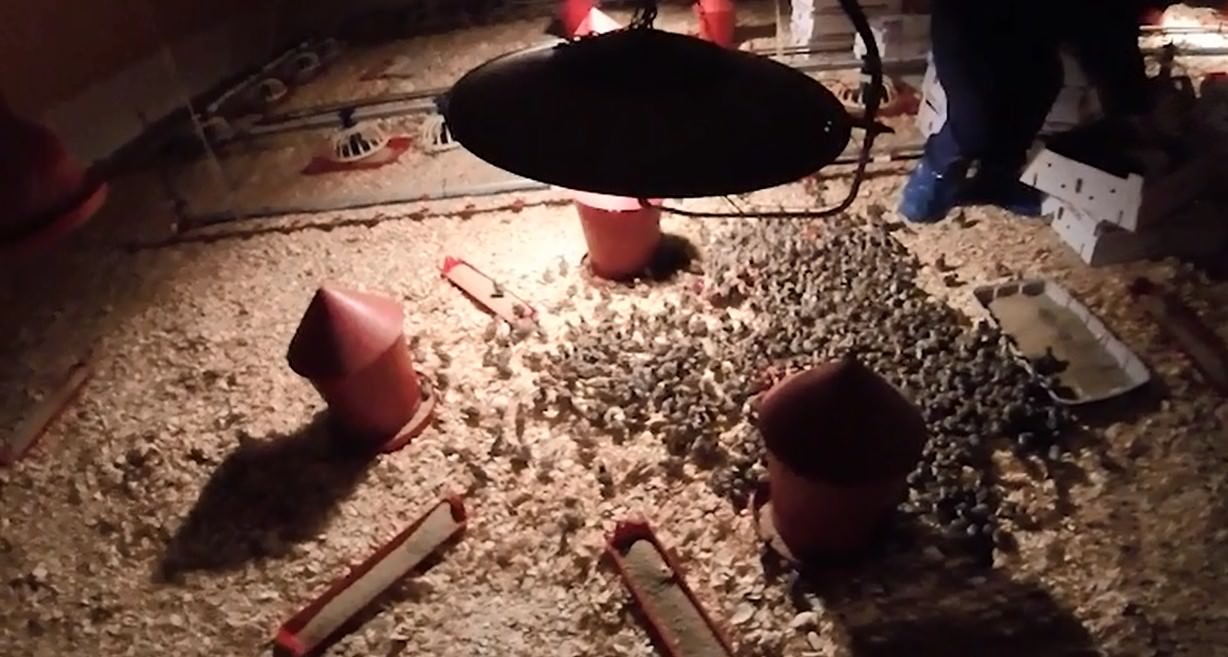
Interpreting Water Results
Read Post
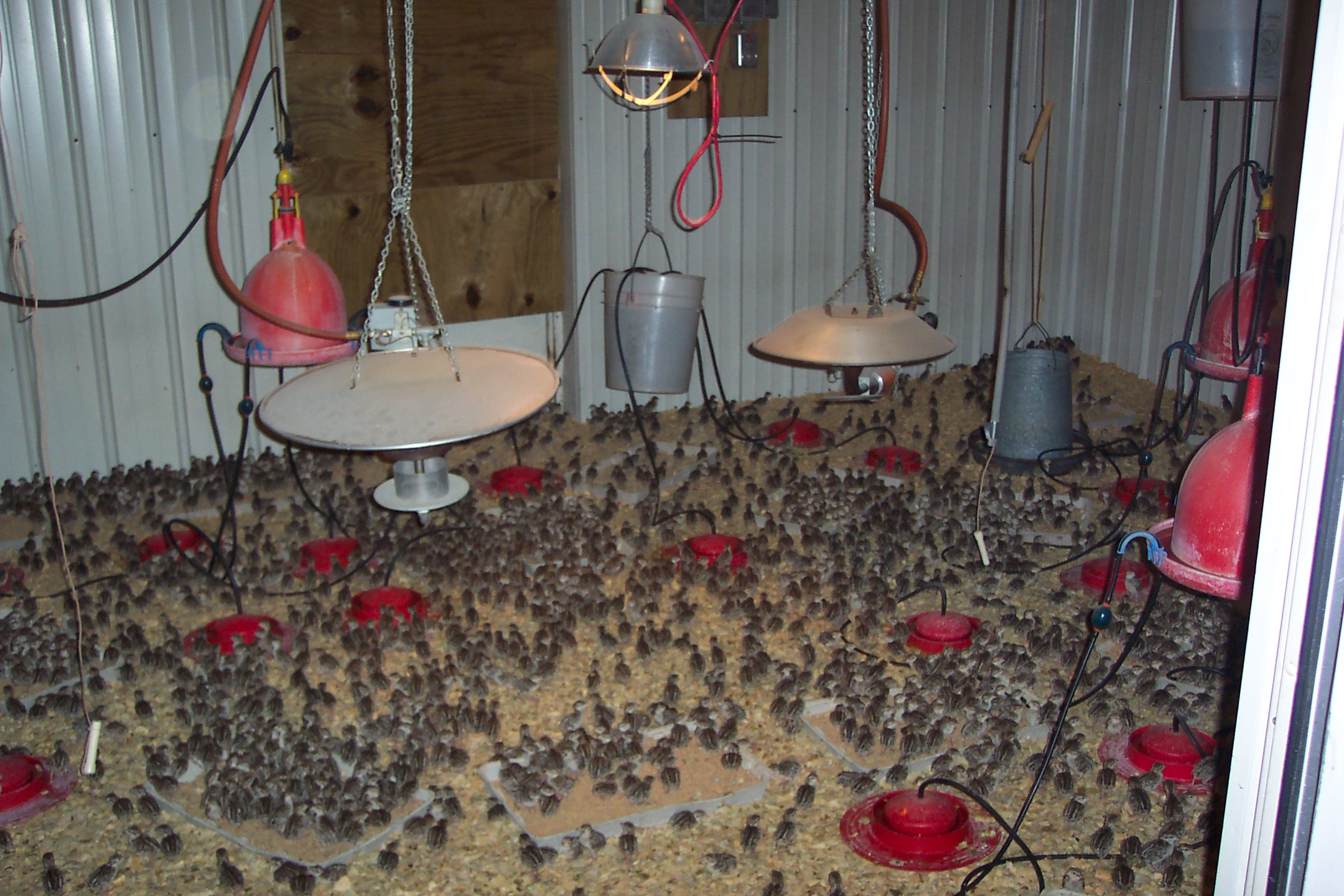
How We Prepare For Brooding Our Chicks
Read Post
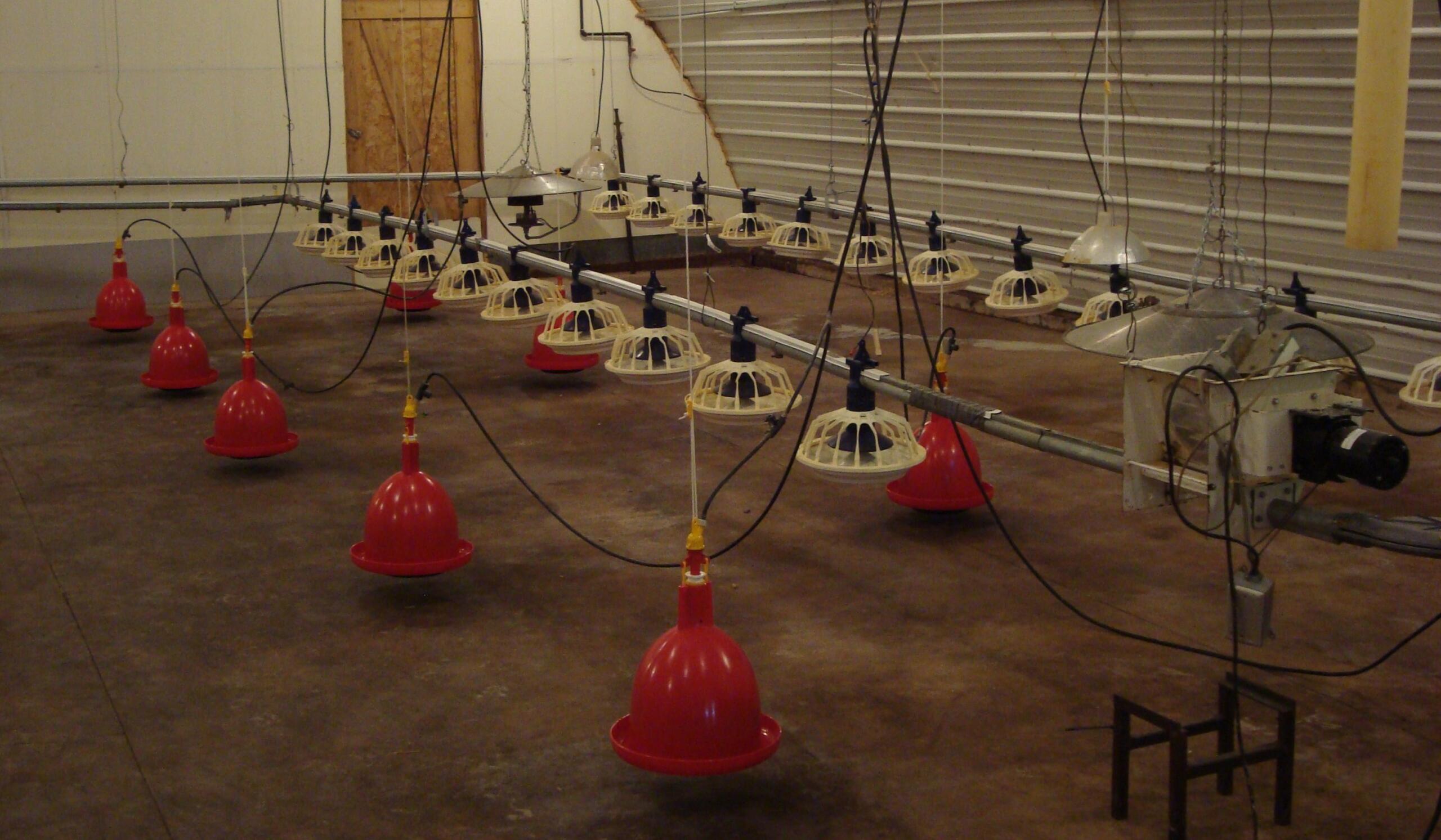
6 Feed and Water Procedures to Keep MacFarlane Pheasants Healthy
Read Post
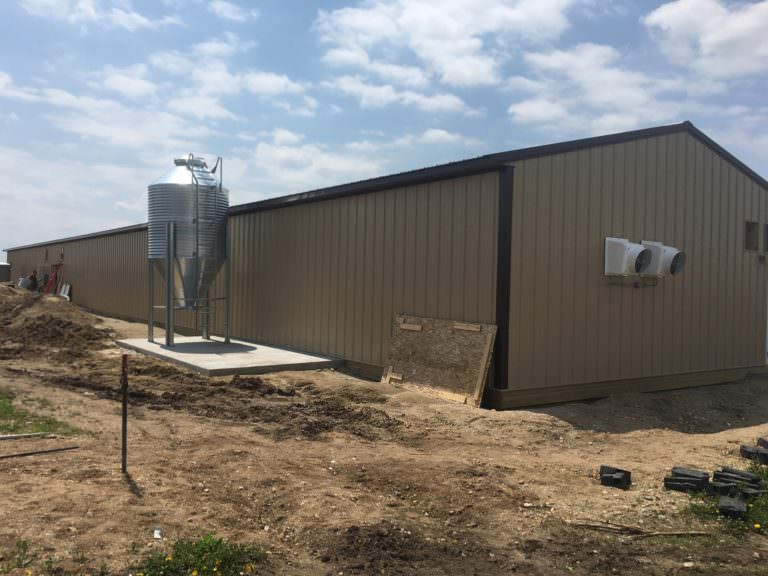
Air Flow in Barns
Read Post
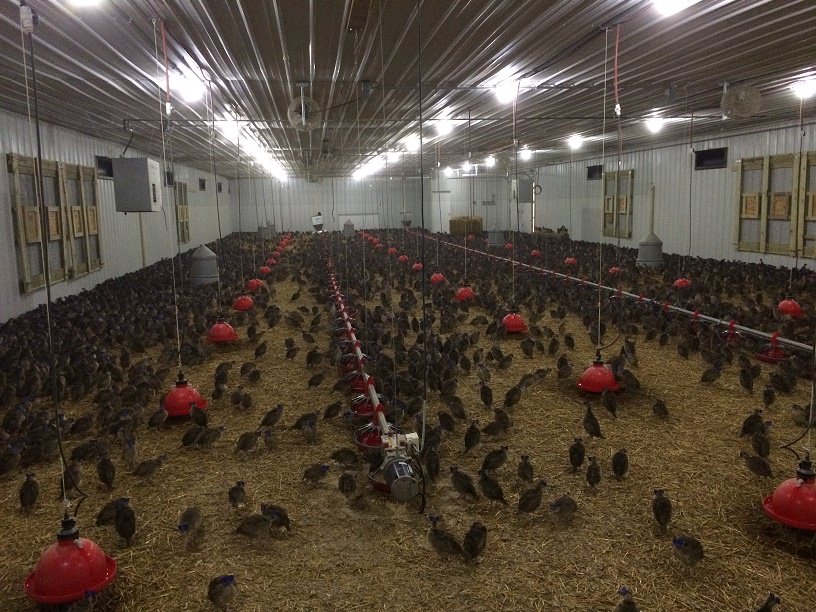
Barn Maintenance at MacFarlane Pheasants’ Milton Farm
Read Post
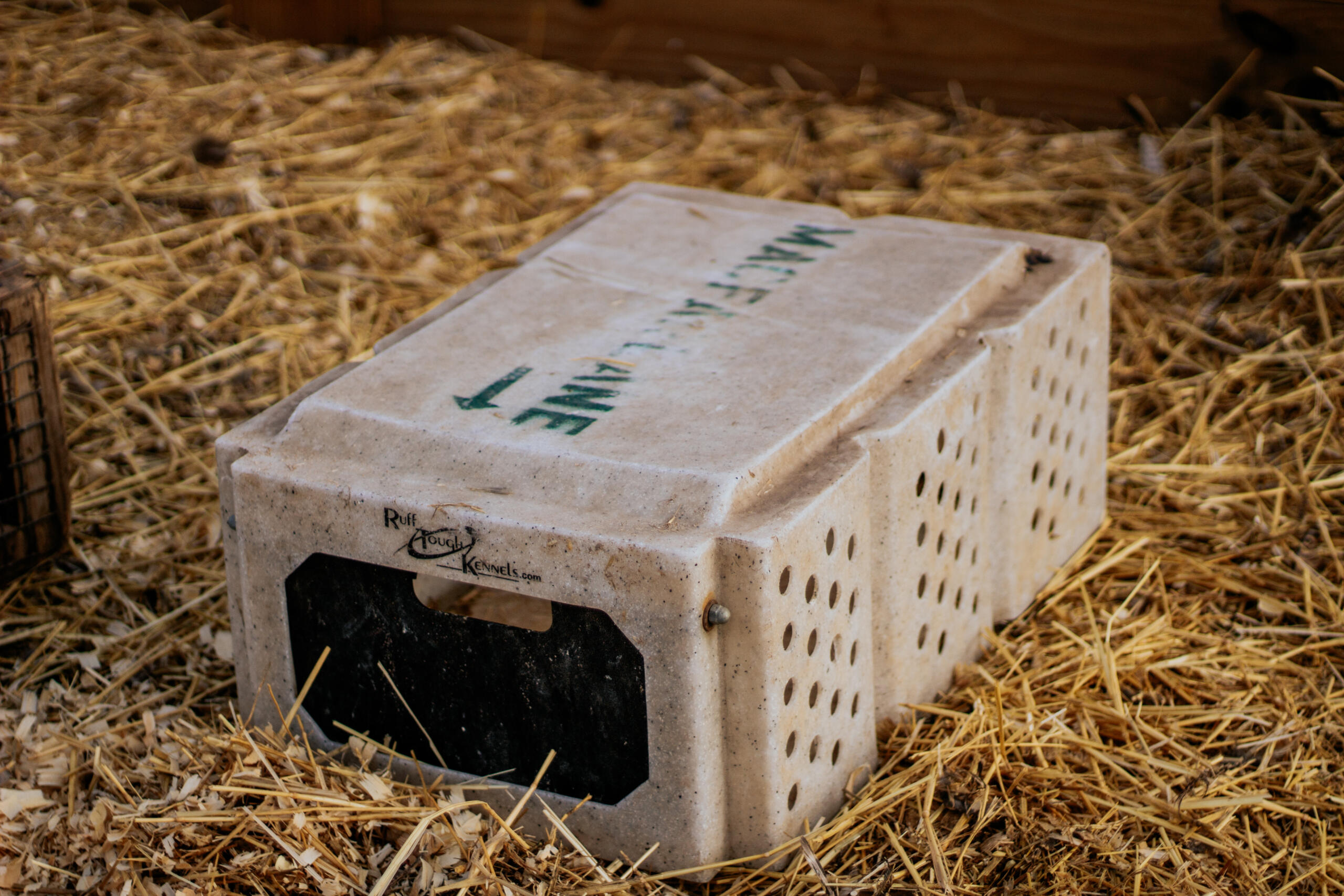
Best Bedding for Pheasants
Read Post
Take Advantage of These Free Resources
As the biggest game bird farm in the United States, we want to share our experience with you. Download our free resources below and get started.

